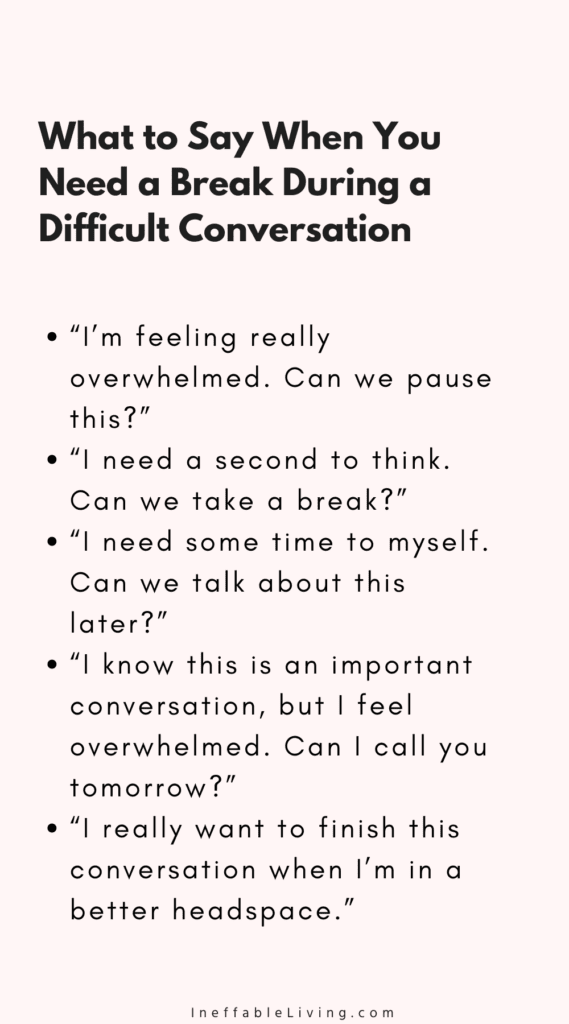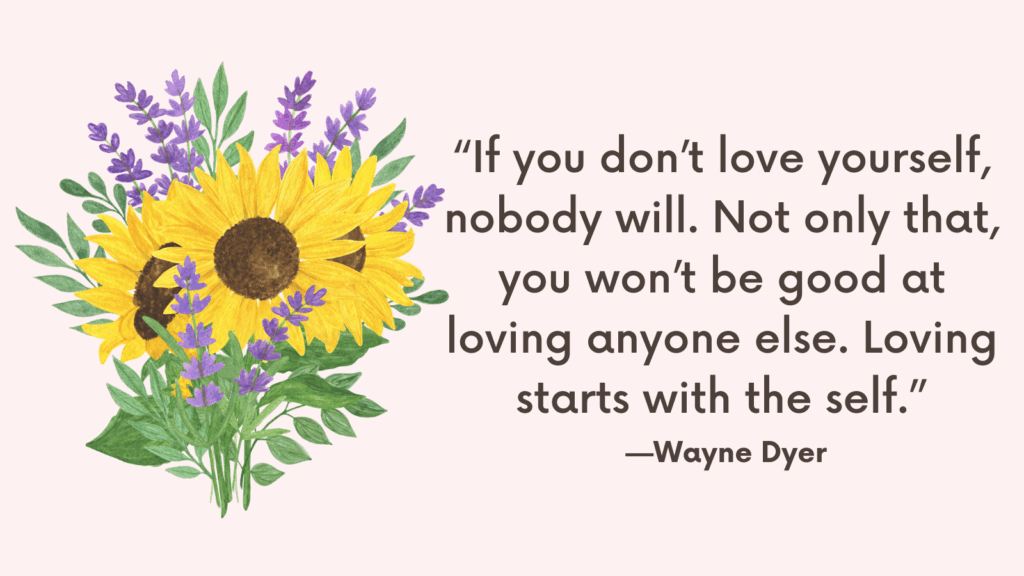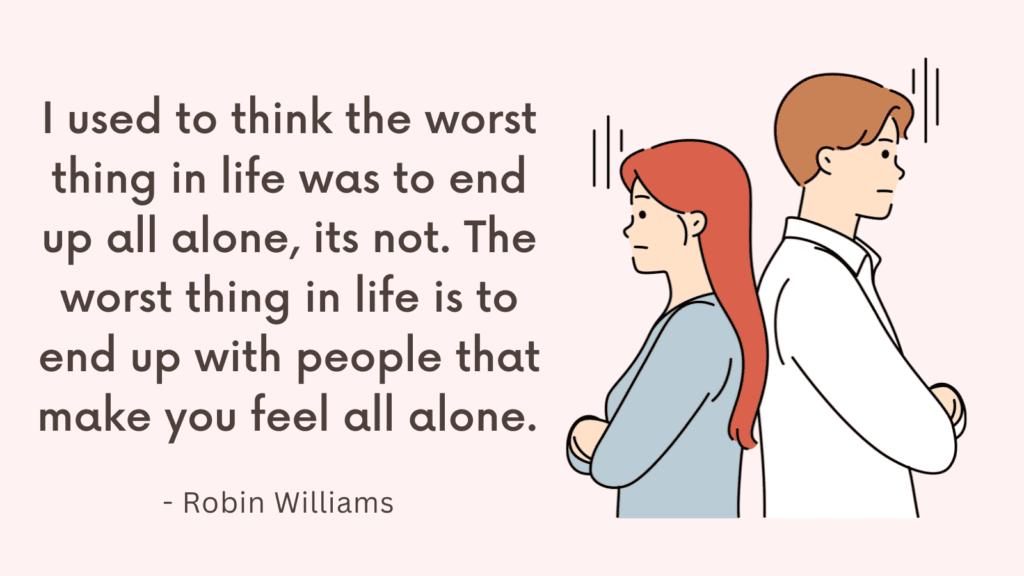This post contains helpful tips on how to be assertive without being rude.
What Is Assertiveness?
Assertiveness is a self-expression that is direct, firm, and positive.
Assertiveness is not about getting your way.
Assertiveness is a tool for making your relationships more equal and healthier.
Related: Do’s And Don’ts Of Effective Communication
What Assertiveness Is Not
Assertiveness is often misunderstood and confused with other similar traits such as aggression, passivity, or manipulation.
It’s essential to understand what assertiveness is not to prevent conflicts and build healthy relationships.
1. Assertiveness is not aggression.
Aggression involves making demands and using force or violence to get what one wants.
In contrast, assertiveness is respectful and honest communication aimed at expressing personal needs and rights while considering the needs and rights of others.
For instance, an aggressive person may shout at someone to stop interrupting them, while an assertive person would calmly ask for their turn to speak.
2. Assertiveness is not passivity.
Passivity involves avoiding conflict and giving up one’s needs and wants to avoid upsetting others.
However, assertiveness encourages individuals to voice their opinions and set boundaries without being apologetic or defensive.
For example, a passive person who dislikes their job may continue working there without expressing their concerns, while an assertive person would address their dissatisfaction and seek a solution.
3. Assertiveness is not manipulation.
Manipulation involves using tactics to control others’ behavior and obtain personal gains without regard for others’ interests and feelings.
Assertiveness, on the other hand, focuses on expressing oneself honestly and directly, with the goal of creating win-win outcomes.
An example of manipulation would be making someone feel guilty to convince them to do something, while an assertive person would express their needs and allow the other person to choose whether or not to comply.
4 Communication Styles
1. Passive Communication Style
People who use passive style often have low self-esteem and believe they can’t control themselves or others.
They may also believe that they’re not worth having their needs met.
They usually avoid confronting painful situations and instead allow their anger to turn into resentment.
2. Aggressive Communication Style
People who often use aggressive style feel entitled and put their needs before others’.
They may use verbal or physical violence and intimidation to get their way.
People with aggressive style often have low self-esteem. They use aggression to cope with these feelings and feel more in control.
Related: Top 14 CBT Exercise For Anger Management (+FREE Anger Worksheets)
3. Passive-aggressive Communication Style
Passive-aggressive communication is a combination of the above styles.
People with this communication style appear passive but act out their aggression indirectly (sarcasm, smiling when angry, muttering under their breath instead of speaking out, etc.)
4. Assertive Communication Style
People with assertive communication style stand up for themselves. They are clear and direct when expressing their needs, feelings, and opinions.
At the same time, they respect other people’s feelings and choices.
They realize that they can only control their own reaction.
Note: some people may alternate between different communication styles. They may sometimes act passively, other times they may explode with aggression.
This is not the same as passive-aggressive style since the latter involves both passive and aggressive at the same time.
However, people who alternate between the passive and aggressive styles are usually passive but would get frustrated sometimes and act aggressively.
Related: How To Validate Someone’s Feelings Without Agreeing? (+Examples of Validating Statements)
Why Some People Struggle With Being Assertive
Some people may struggle with being assertive due to a variety of reasons.
For some, it may be due to cultural or societal conditioning that values politeness and deference over assertiveness.
Others may have experienced trauma or abuse that has left them feeling unsafe expressing themselves.
Additionally, individuals with low self-esteem or anxiety may fear rejection or conflict when asserting themselves.
For example, someone who grew up in a household where they were constantly told to be quiet and not speak up may find it challenging to develop assertiveness skills.
Alternatively, someone who was bullied or experienced emotional abuse may struggle with feeling comfortable expressing their needs and opinions because they fear negative consequences.
Top 5 Tips On How To Be Assertive Without Being Rude
#1. Turn Down The Stress Response
Stress is typically triggered by an outside event.
When triggered, we feel less in control and we’re more likely to act passively, aggressively, or in a passive-aggressive way.
To be assertive we have to think clearly and respond without shrinking away or becoming aggressive.
Using a relaxation technique, such as taking a few deep, calming breaths can help reduce the intensity of your emotions.
Distance yourself from the triggering situation physically or mentally. Go for a walk, think about something else, take a few calming, deep breaths, engage in an unrelated task, meditate, do some push-ups – whatever it takes to help you take a step back.
Changing your lifestyle can also make you less vulnerable to stress.
Exercising regularly, eating nutritionally balanced meals, and getting quality sleep can help you experience less stress and anxiety.
Caffeine chemically stimulates the stress response system. If you’re drinking too much coffee, tea, or caffeinated soft drinks consider reducing your intake gradually.
Related: 30 Day Social Anxiety Challenge That Will Help You Feel More Confident

#2. Start Setting Boundaries
Boundaries define what will or will not tolerate from others.
Boundaries protect us, but also make our relationships much healthier.
To set boundaries, we first need to define our needs.
To do that, you can start by paying attention to your body and mind.
For instance, being around someone may trouble you or wear you out. You may experience a clenching of the gut or tension in your jaws. These could be signs that you need to set a boundary.
Related: Healthy Boundaries Quiz (+Free Pdf Worksheets)
#3. Prepare Yourself to Face Disapproval
While assertiveness is meant to improve relationships, people around you may resist your efforts to become more assertive, especially if your usually style has been passive.
Think about people in your life who might resist your change. How can you come up with a safe way of letting them know that you’re changing your communication style?
Related: People Pleaser Quiz (+Top 21 Proven Ways to Stop People Pleasing)
#4. Pick a Model
Having a role model can make practicing assertiveness easier.
Whenever you find yourself unsure how you should respond, ask yourself, “How would [insert name] react in this situation?”
The goal here is not to become just like them, but to have resources and ideas of what you can do when you feel stuck.
#5. Forgive Yourself When You Falter
Consciously give yourself permission to make mistakes.
Remind yourself that mistakes are part of the learning process. They are opportunities to fine-tune your assertiveness skills.
This might sound obvious, however, fear of making mistakes can prevent up from trying and lead us to avoid taking risks.
Related: How To Be Gentle With Yourself? Top 5 Ways To Practice Self-Compassion

Overcoming Barriers To Assertiveness
There are several barriers to assertiveness, including:
1. Fear of rejection: Many people fear being rejected or disliked if they express their needs or opinions.
To overcome this barrier, it’s important to remember that everyone has the right to express themselves and that not everyone will agree with you.
2. Lack of self-esteem: Low self-esteem can make it difficult to assert yourself.
To improve your self-esteem, focus on your strengths and accomplishments, practice self-care, and seek support from loved ones or a therapist.
3. Difficulty saying no: Some people have a hard time saying no because they don’t want to disappoint others.
To overcome this barrier, learn to prioritize your own needs and set boundaries. Remember that saying no doesn’t make you a bad person.
4. Fear of conflict: Conflict can be uncomfortable, but it’s often necessary for resolving issues.
To overcome this barrier, practice effective communication skills, listen actively, and look for opportunities to find common ground.
5. Cultural or gender norms: Social norms can impact how assertive people feel comfortable being.
To challenge these norms, educate yourself about assertiveness and practice standing up for yourself in small ways.
Overall, the key to overcoming barriers to assertiveness is to build confidence in yourself and your ability to communicate effectively. With practice, you can learn to express yourself confidently while respecting the needs of others.
Assertiveness Free Resources
Worksheets
Assertiveness Worksheets Download PDF
People-pleasing Worksheets Download PDF
Personal Bill of Right Download PDF
List of Needs Download PDF
TED Talks
Dr. Abby Hamilton: The Beauty of Assertiveness | TED Talk
Adam Galinsky: How to speak up for yourself | TED Talk
Conclusion
It’s essential to recognize that becoming more assertive takes time and effort, but it’s a skill that can be developed with practice and support.



